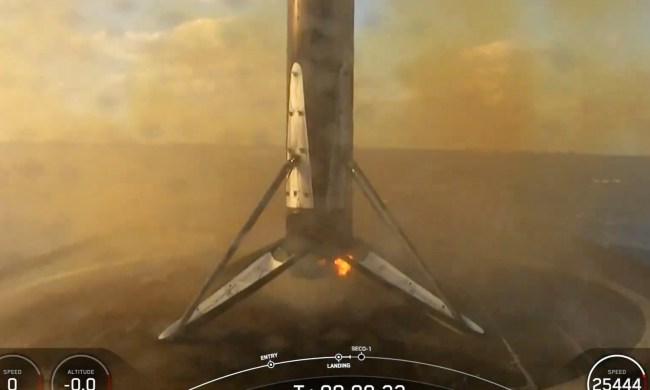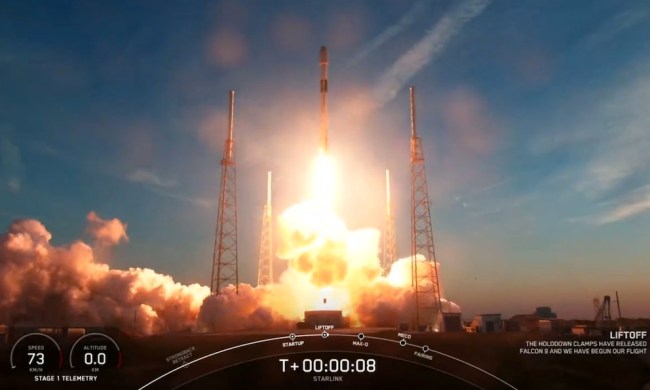Proving that rocket launches aren’t as easy as SpaceX makes them look, Japanese space agency JAXA was forced to destroy one of its own rockets after it developed a fault in the early stages of flight on Tuesday, March 7.
Mission personnel had no choice but to send a self-destruct command to the new H3 rocket after the second-stage engine malfunctioned just minutes after launch.
The Japanese government described the failed mission as “extremely regrettable,” while Osaka University space policy professor Hirotaka Watanabe told Reuters that the inability to complete the mission successfully would have “a serious impact on Japan’s future space policy, space business, and technological competitiveness.”
The video below shows the H3 rocket’s first-ever mission getting underway from the Tanegashima Space Center in southern Japan about 600 miles southwest of Tokyo as a crowd of local residents and space fans gathered nearby to watch the machine soar skyward.
Japan’s 187-foot-tall (57 meters) H3 vehicle is the first medium-lift rocket designed by the nation in more than 20 years and, according to Nikkei Asia, represents a “radical redesign” over its predecessor.
For this mission, it was carrying an Advanced Land Observation Satellite designed for Earth observation and data collection for disaster response and map making. The payload also included an experimental infrared sensor developed by Japan’s Defense Ministry, capable of monitoring military activity such as missile launches.
Tuesday’s failed mission followed an aborted launch of the same rocket in February when a fault with the boosters emerged just after the rocket’s main engine ignited. That time, however, the vehicle never even left the ground.
Sympathetic to the challenges of achieving a successful mission, European Space Agency chief Josef Aschbacher tweeted: “I am so sorry to hear about JAXA’s loss of launch last night with their new H3 rocket. ESA stands by Japan, a steadfast partner of ours, and wishes a swift return to launchpad.”
Had this week’s mission been a success, JAXA planned to launch the rocket every couple of months, deploying satellites for the government and other organizations.
But now JAXA will have to determine precisely what went wrong with the H3 rocket before it can think about where it goes from here.


